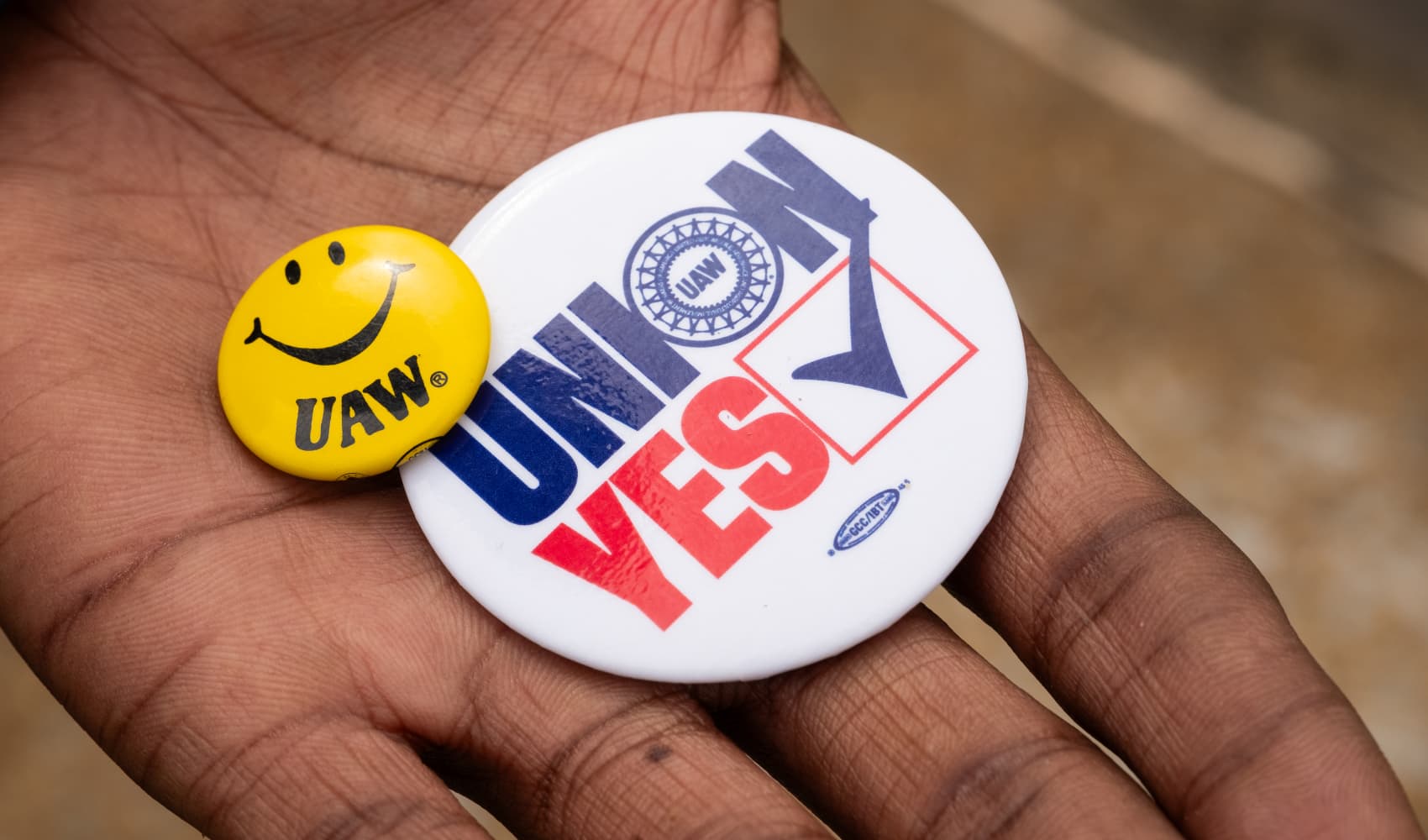
The share of people working remotely tripled during the Covid-19 pandemic: In 2021, 17.9% of U.S. employees primarily worked remotely, up from 5.7% in 2019, the U.S. Census Bureau reports.
But that number has dwindled in recent months as more companies including Disney, Amazon and JPMorgan Chase & Co. require employees to return to the office.
As of February, 12.1% of U.S. workers reported that they are fully remote, compared to 60% of people who are on-site and 27.8% who have a hybrid arrangement, according to recent data from WFH Research. These numbers also vary across cities in the U.S.
Some places, however, are more conducive to remote, flexible work than others — that's at least according to a new report from WalletHub, which identifies the best and worst states for working from home.
Get Tri-state area news and weather forecasts to your inbox. Sign up for NBC New York newsletters.
The personal finance website ranked all 50 states and the District of Columbia on their living and work environments using twelve metrics, including internet speed, cybersecurity and the average cost of utilities. WalletHub also considered how large and crowded homes are in each state, as well as the share of people working remotely on a full or part-time basis.
Here are the 10 best states for working from home, according to WalletHub:
- Delaware
- Utah
- Maryland
- Connecticut
- New Jersey
- District of Columbia
- Georgia
- Arizona
- Washington
- Colorado
Delaware claimed the No.1 spot on the list, placing second for work environment and 11th for living environment. On Delaware's official tourism website, there's an entire section dedicated to resources for remote workers in the state, advertising "ideal settings equipped with all the comforts of home, a sanitized environment, convenient site services, nearby eateries and allures to enjoy your favorite pursuits" including beachfront hotels and coffee shops.
Money Report
Massachusetts, Texas and New York, which all ranked high on WalletHub's list last year, fell out of the top 10, replaced by Georgia, Arizona and Colorado, which have all welcomed an influx of remote workers since the start of the pandemic.
WalletHub also identified the 10 worst states for working from home in its report: Alaska, North Dakota, Montana, Arkansas and Mississippi topped the list, followed by Iowa, Hawaii, New Mexico, South Dakota and West Virginia.
Even as remote work steadily declines in the U.S., the demand for flexible work arrangements should "continue to be strong" through 2023 and "increase into the future," Joseph Broshak, an associate professor of management and organizations at the University of Arizona, told WalletHub, adding that work-from-home arrangements will become a more common benefit for people in lower-skilled jobs that involve clerical or administrative duties.
"Employers were forced to allow employees to work from anywhere during the pandemic, and that experiment largely proved successful," he said. "Trying to un-ring that bell and bring employees back into offices on an ongoing basis [just] because that was the pre-pandemic model may be frustratingly difficult as many employees have gotten a taste of remote work as a viable work arrangement."
DON'T MISS: Want to be smarter and more successful with your money, work & life? Sign up for our new newsletter!
Check out:
Google VP says this is the best way to build a 'happier, more successful' career
10 in-demand side hustles you can do from home—some can pay as much as $100 an hour
CEOs are quietly backtracking on remote work—and more companies could follow






